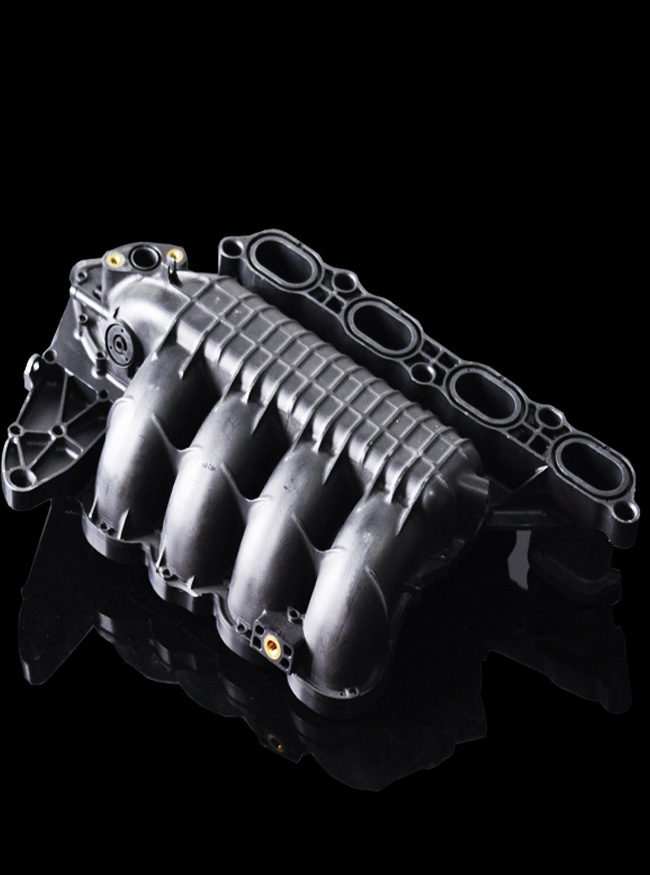Are you looking for a professional prototyping service to help actualize your ideas and assist with product development? Then you’ve come to the right place.
Dexin provides excellent quality, quick turnaround, and cost-effective rapid prototyping services to customers across the world. Equipped with cutting-edge prototyping and production manufacturing technology, advanced industrial-grade equipment, and an expert team of engineers, Dexin can bring your idea from design to the market in just a few days.
We’re excited to start working with you! If you have finished prototyping and are ready to move forward to production, please take a look at our low volume manufacturing service. Here are the main rapid prototyping processes we offer:
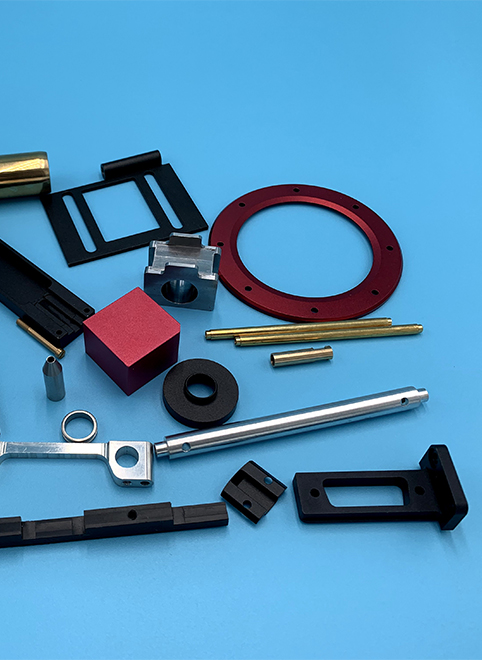
Rapid CNC Machining
Dexin operates a large number of CNC machining centers, mills, and lathes (for CNC turning), enabling rapid prototyping of CNC machined parts made from plastic or metal. We offer a wide range of material and finishing options and the potential to combine CNC machining with other rapid prototyping processes.
CNC machining is one of the most high-precision rapid prototyping technologies available. Although rapid CNC machining prioritizes short turnarounds over ultra-tight tolerances, the quality remains high.
Turnarounds are fast in low volumes, and CNC prototyping produces parts not too far from production quality. The cost is higher than 3D printing but the surface finish and part strength are often superior.
Rapid 3D Printing
Dexin 3D printing (additive manufacturing) rapid prototyping service encompasses different 3D printing technologies:
Our 3D printing rapid prototyping services are ideal for 3D printed plastics and metals, with extensive material and finishing options available. These additive manufacturing technologies can also sometimes be used for production.
Because 3D printing doesn’t require tooling, prototyping of 3D printed parts takes only a short time, without sacrificing build quality. Other advantages include geometrical freedom and affordability, especially in low volumes.
3D printing is often preferred for concept models, but precision technologies SLM can also work for functional prototypes and even production parts.
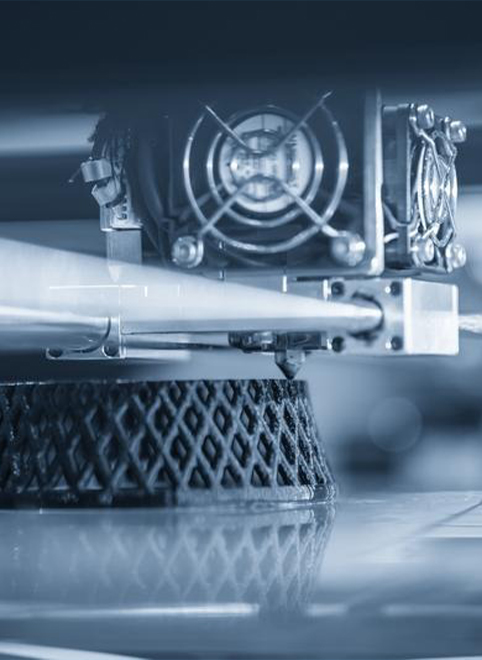

Rapid Sheet Metal Prototyping
Rapid sheet metal prototyping is a set of rapid prototyping services for the production of sheet metal parts. This includes various forming, cutting, and assembly processes for manipulating the sheet metal stock in different ways.
Rapid sheet metal prototyping is generally used for flat parts like brackets and enclosures, and it can accommodate a range of sizes, including very large metal parts. Setup times can be longer than comparable processes, but sheet metal is highly cost-effective when making large and relatively simple parts.
An advantage of rapid sheet metal prototyping is that the solid sheet metal feedstock can later be CNC machined for additional features.
Rapid Tooling
Rapid tooling (bridge tooling or prototype tooling) refers to the rapid CNC machining of metal tooling for injection molding. It is therefore the first step toward rapid injection molding.
Prototyping tooling for molding is ideal when the customer requires between 100–2,000 units of their injection molded parts; more than this and production-level steel tooling may be preferred.
Advantages of rapid tooling include fast turnarounds and the ability to carry out prototyping and testing of injection molded parts that might otherwise take months to produce. Rapid tooling is also significantly cheaper than mass production tooling.
Although rapid tooling and rapid injection molding is more expensive than 3D printing, it provides plastic parts much nearer to production quality that can therefore be used for functional testing.
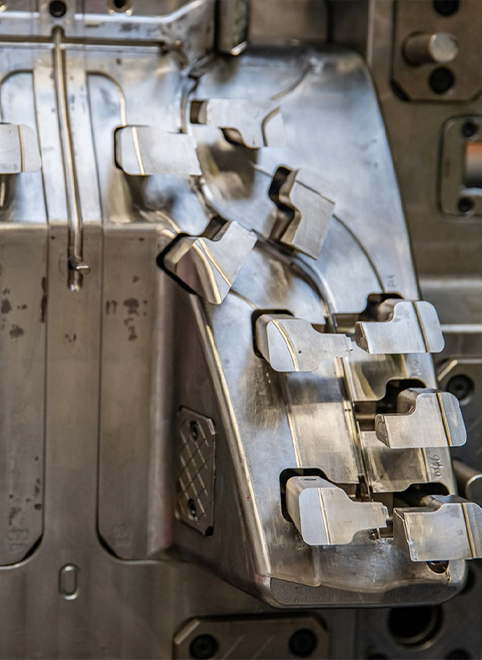
Rapid Metal Casting
Casting is generally considered a production process for high-quality metal parts, but rapid metal casting — using 3D printing to make low-cost patterns — offers an affordable route for prototyping cast metal.
Dexin rapid metal casting services are only available due to our close relationship with several large casting companies which typically would not accept low-volume (10+) prototyping orders from new customers.
Advantages of rapid metal casting include near production-quality metal parts, with potentially very large sizes, at surprisingly fast speeds. Cast parts also have excellent tensile strength and can also be post-machined.

Why Choose Our Rapid Prototyping Services? Excellent. Efficient. Economic.
These three values define Dexin rapid prototyping services. Working closely together, we can bring your product vision to reality in a few days, at a fair price.

No MOQ
We are flexible for one-off prototypes and low-volume parts. No matter the size of your order, we can handle it.

Competitive Pricing
We have built up an efficient rapid prototyping system which allows us to offer competitive prices that can match any offer.

Rapid Turnaround
Our capacities allows us to finish your rapid prototyping projects in days.

Experienced Engineers
Our team has years of experience in a wide range of industries and can handle even the most challenging projects.

Tight Tolerances
We service the aerospace and medical industries and can produce precise parts with tight tolerances.

Wide Range of Materials
We serve a wide range of clients and can offer a variety of rapid prototype materials and finishes.
Rapid Prototyping in Multiple Materials
When outsourcing your rapid prototypes, it is important to find a reliable rapid prototyping company that can handle range of materials, in order to keep the whole rapid prototyping project in one place. Dexin is an ideal option in this regard. We can fabricate your prototype parts in plastics, metals and ceramics.
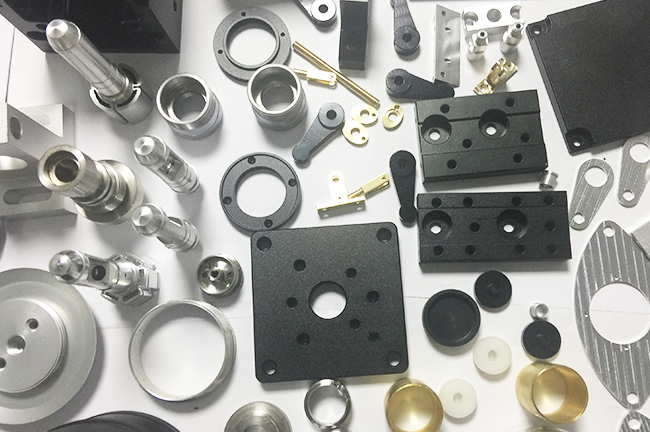
Metals
Metal prototypes and parts are usually made by CNC machining, sheet metal fabrication, metal 3D printing or a casting process. Common metals include aluminum, magnesium, steel, brass, copper, etc.

Plastics
A plastic prototype made by 3D printing, urethane casting, or CNC machining is the most common and economic way to review the appearance and function of your design.
What is Rapid Prototyping?
In simpler terms, you use technology to transform a product idea into a physical model.
This early physical model is a prototype. You’ll then refine this until you get the final version right. At that point, you’re ready to use or sell this into a product. So the faster you produce and refine your prototypes, the faster you can start going to market.
All rapid prototying jobs begin with digital models, but manufacturing hardware can range between CNC machining, 3D printing, and more.
You can make rapid prototypes from any material that’s compatible with the manufacturing hardware that you use. This might or might not include surface finishing treatments.
As its name implies, rapid prototyping puts an emphasis on fast turnarounds. Because when you want to develop and ship a product using rapid prototyping services, faster is always better.
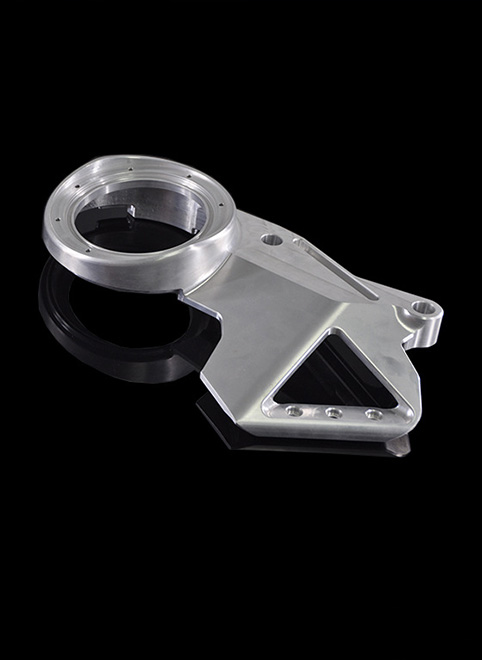
Types of Rapid Prototype
Used by customers across many industries, rapid prototyping encompasses different technologies and materials. It also covers different kinds of prototype, including visual-only prototypes and functional prototypes used for testing a part’s performance.
Why Get Rapid Prototypes?
Whether you are an engineer, industrial designer, or part of a product development team, rapid prototyping services can offer you distinct advantages such as:
How To Get Your Prototypes Done
Using rapid prototyping technologies requires design software. This software allows you to design a part on a computer, controlling its shape and dimensions and making design adjustments based on the chosen manufacturing technique.
However, whether you are able to develop a feasible digital design probably depends on your level of design and engineering experience.
Those without prior CAD experience might need to consult a professional product designer to fulfill the design brief. Professionals know how to manipulate the software, and they also know whether a design can realistically be fabricated using hardware like a CNC machine. (We often receive designs that are not manufacturable because they do not take into account factors like draft angles, parting lines and overhangs.)
Those who do have CAD experience — product designers, R&D specialists, etc. — can create a digital design using their design suite of choice then export it to a machine-readable format such as a STEP file (for CNC machining, etc.) or a Mesh file (for 3D printing etc.).
The digital file is the most important stage, but you must also specify a desired material, quantity and surface finish (if required) to the rapid prototyping company.
In many cases, you might prefer to send off Requests for Quotation (RFQs) to several rapid prototyping companies in order to compare quotations in terms of price, proposed lead time and the reputation of the manufacturer.
Once a satisfactory quotation has been received, you can finalize the order with the rapid prototyping company, who will use your digital design and order specifications to commence production.
The prototypes will be shipped to you once production is complete.


